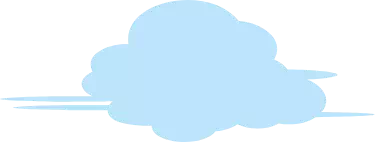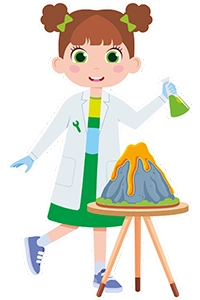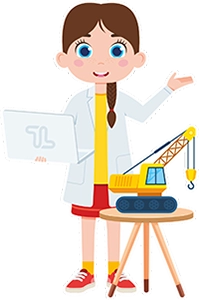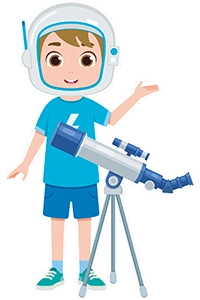
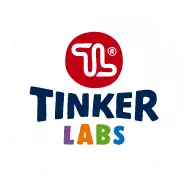
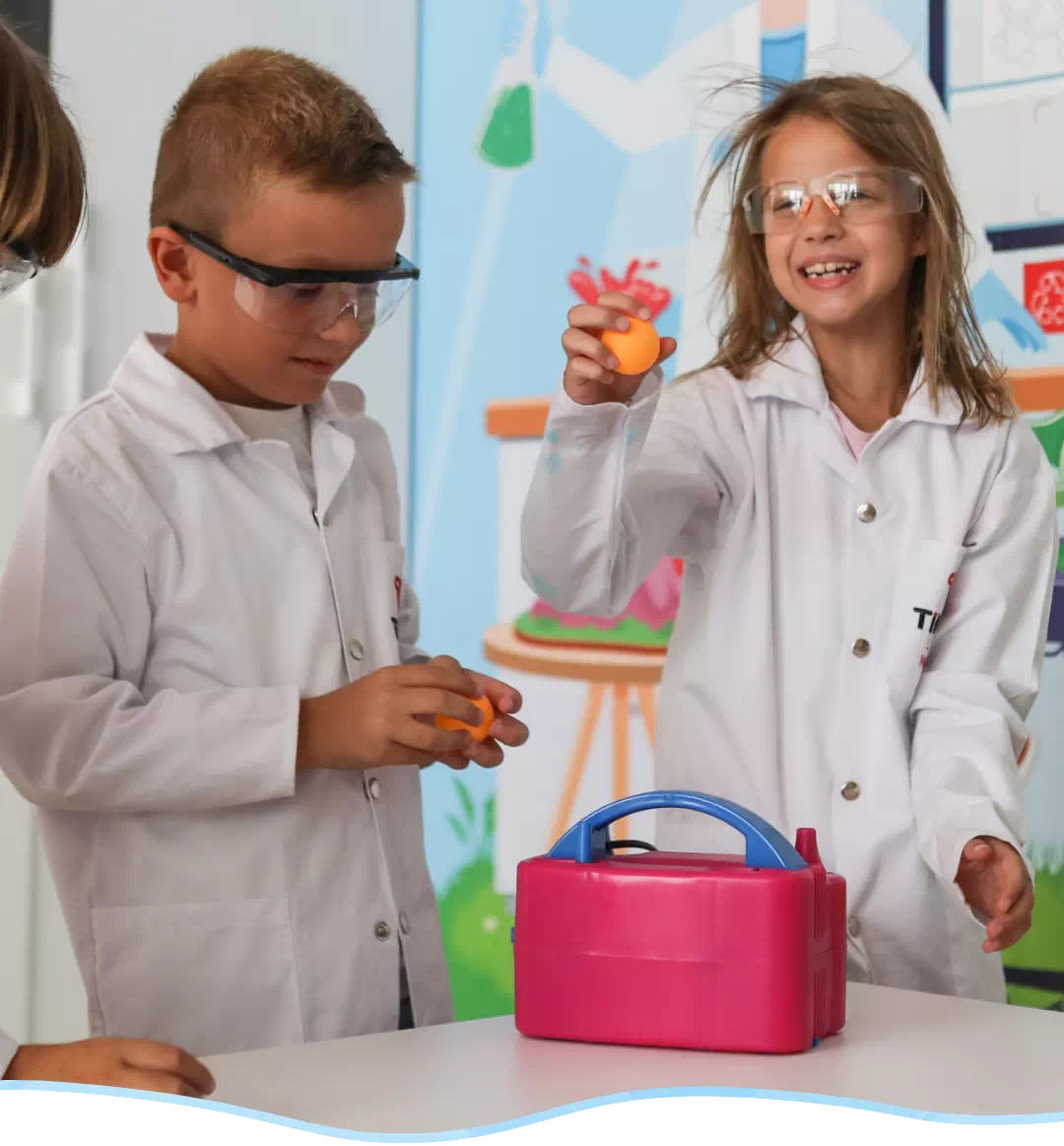

Welcome to the world of exploration and discovery!
Practical science for children through fun experiments!
Unlock your passion for learning!
Tinker Labs offers a unique STEAM approach that includes experiments in science, technology, engineering, art and math, as well as the hands-on learning necessary for every child's future success.
Tinker Labs courses are intended for children from 3 to 12 years old, designed to supplement and enrich regular education. Our mission is to develop their innate curiosity and encourage them to ask questions about the world around them.


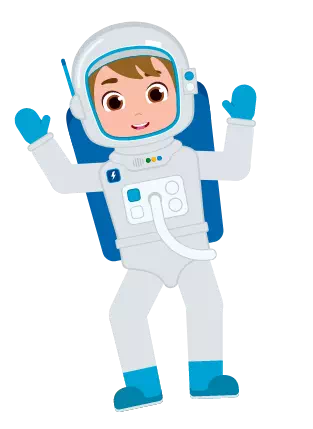
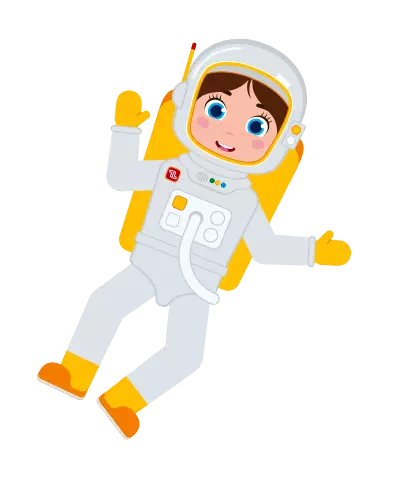
COURSES
Turn learning into an experience!
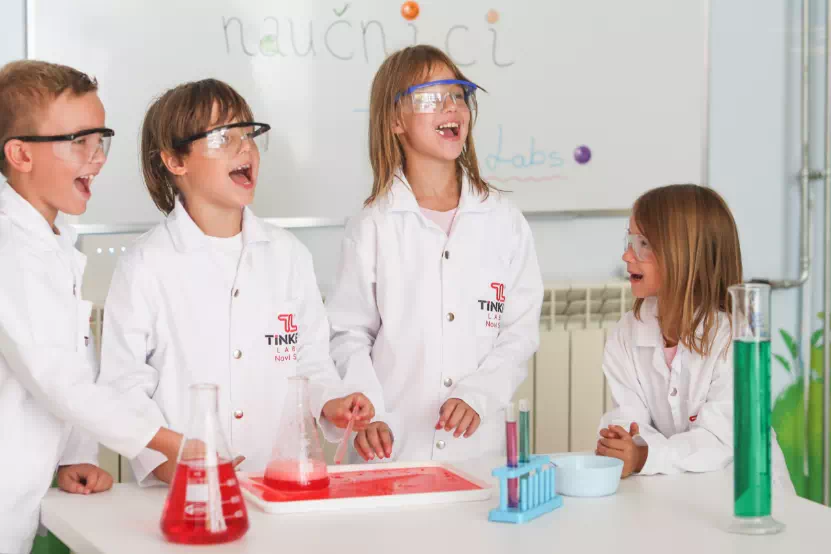
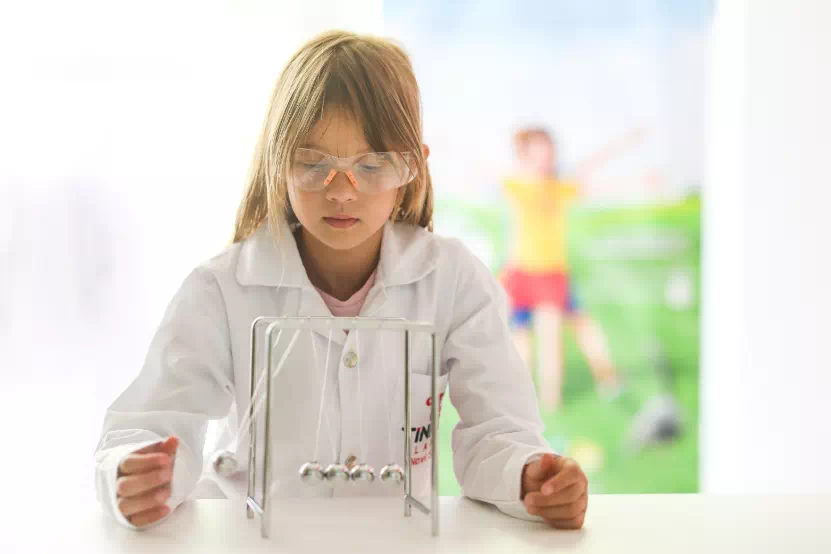
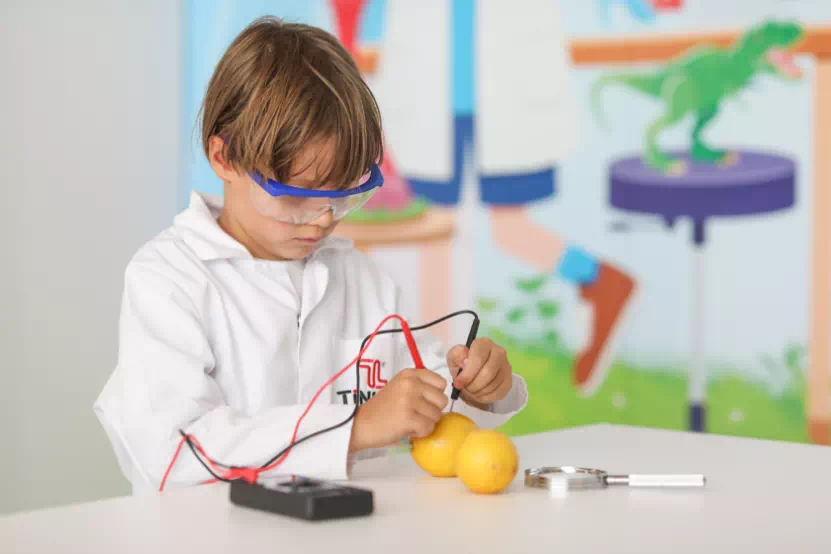
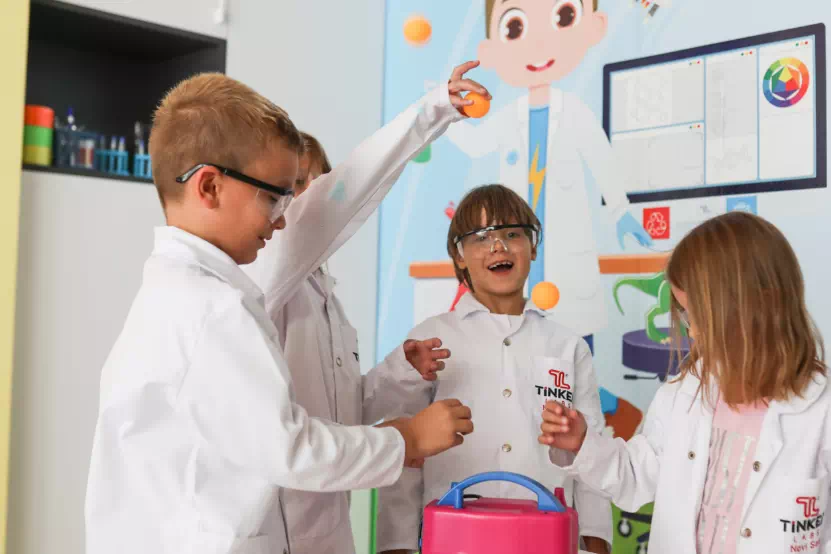
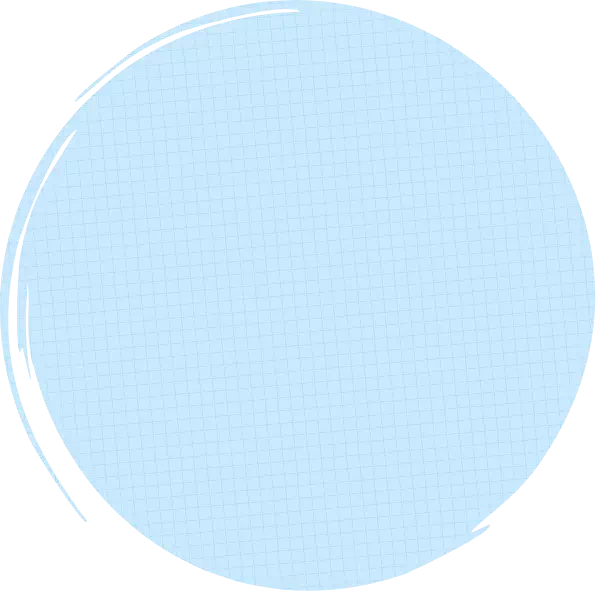
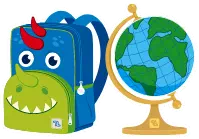
Sign up for a free demo lesson!
With our free introductory class, we want to help parents and children make the decision about attending Tinker classes easier. The first impression is the most important, so our goal is for the child to look forward to the next Tinker Labs class.
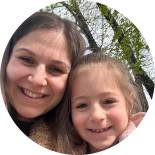
"My daughter
loves Tinker Labs!"
My daughter has been attending Tinker Labs courses for 4 years now and she has already learned really complex topics, but in a such a simple and fun way that is much more accessible to children than formal education. I have a feeling that she will learn more and more about physics, chemistry and other "difficult" subjects. And now her younger brother is starting with his Tinker course and I'm sure it will be very interesting for him too. All in all, I would recommend it to everyone!
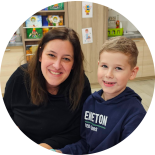
"For Tinker Labs,
the answer is always YES."
As a parent whose child has been attending Tinker Labs in Croatia for years, I can say that I can already see positive changes and that my child is more curious, ready to answer some questions that even I sometimes don't know the answer to. I love that Tinker Labs enriches my son's education! – Tihana
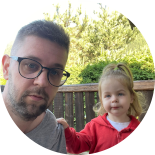
"Dad,
when are we going to Tinker Labs again?"
My daughter can't wait for classes to start! Although she is only three years old, I think it is important for her to be a part of Tinker, to be in an environment that can only be good for her future. I am delighted with the support they provide to parents and I am convinced that as a family we are a part of something bigger, something that changes the way children learn and develop! – Robert
